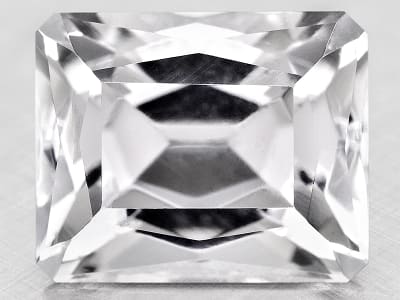Nifontovite is a very rare member of the borate family of minerals. Named for Russian geologist Roman V. Nifontov who discovered it in 1961, nifontovite is found in few locations worldwide, including Russia, Mexico and Japan. Mexico is producing the cleanest and largest specimens at this time. Typically, nifontovite is transparent and typically colorless or gray with a vitreous luster. A nifontivite gem, donated in 2009, resides in the Smithsonian's National Gem Collection.
General Information
Common Name
Nifontovite
Species
Nifontovite
Transparency
Transparent - Translucent
Dispersion
Strength: Strong Fire
Refractive Index
1.575-1.584
Birefringence
0.009
Optic Character
Biaxial
Optic Sign
Positive
Polariscope Reaction
Aggregate (AGG), Doubly Refractive (DR)
Fluorescence
SWUV: Inert to weak violet
LWUV: Inert to weak violet
LWUV: Inert to weak violet
Pleochroism
Unobservable
Hardness
3.5-5
Specific Gravity
2.350-2.360
Toughness
Poor
Luster
Vitreous
Fracture
Uneven
Cleavage
Poor, in one direction
Chemical Name
hydrated calcium borate hydroxide
Chemical Formula
Ca3B6O6(OH)12.2H2O
Crystal System
Monoclinic
Chemistry Classification
Borate
Nifontovite Colors
-
 Colorless
Colorless
Countries of Origin
Russian Federation; Unknown; China; Japan; Mexico
Care
Slowly soluble in acid.
